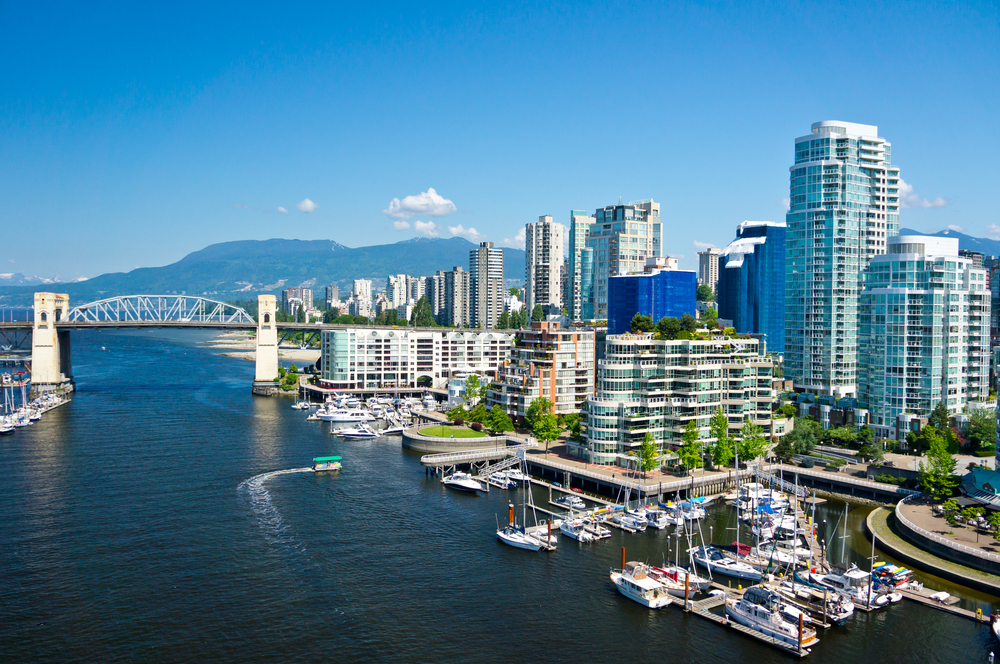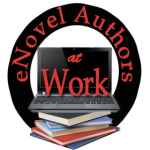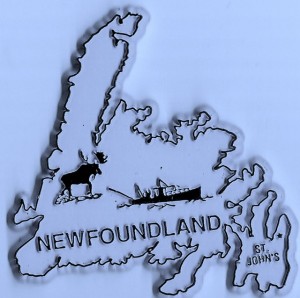by @AnnieDaylon

Things are not always what they seem…
Are you writing present-day fiction in a real setting? Are you wondering if you should visit that setting?
In my last post, My Novels. My Research., I wrote of plans to visit the setting of my work-in-progress…
“My Work-in-Progress is a crime thriller set in present day Vancouver… I have the characters and the details down, most of them anyway. But I want, once again, to walk in the shoes of my characters. This time I will take the Aquabus to Granville Island, visit a café on the beach, shop at Pacific Centre, detail heritage buildings in the area, and, most importantly, do some people watching.”
Here are a few things I discovered…
-
First of all, since my story takes place in May, I wanted to visit in May. But, when I learned that hotel rates would skyrocket on May first (the onset of the tourist season), I booked my trip for the last week in April. Had I waited the extra week, my hotel cost would have doubled. Ouch!
-
I didn’t ride the Aquabus mentioned in my last post. The character in my novel who went to the Farmers Market on Granville Island would have taken the False Creek Ferry because it was closer to her home and therefore much convenient for her. (Good to know!) I followed suit.
-
Before my trip to Vancouver, I watched a TV news report from the shores of English Bay. Certain that
 the flowers dotting the background field were clover, I wrote about the scent of clover combined with the scent of sea, a combination I remember well from my days in Newfoundland. However, when I strolled through the grass near English Bay , I discovered that there was no clover. The tiny white flowers I saw were daisies. (Things are not always what they seem.) I edited my manuscript.
the flowers dotting the background field were clover, I wrote about the scent of clover combined with the scent of sea, a combination I remember well from my days in Newfoundland. However, when I strolled through the grass near English Bay , I discovered that there was no clover. The tiny white flowers I saw were daisies. (Things are not always what they seem.) I edited my manuscript. -
In my novel, a main character visits police headquarters. When I wrote the scene (prior to my visit to VPD headquarters), I based the setting on a TV show, one in which the front doors of the police station open to a narrow reception area with a long, open counter manned by a prominent and dominant female officer. On that show, everything on and behind that counter is clearly visible (possibly to make it easier to film).
Reality is different. At the VPD Headquarters, there is a long reception counter, yes, but it is separated from the public by (what I assume is) bulletproof glass. As is required of all visitors, I reported in; that meant talking through parallel slats in an intercom to a woman whose voice was distorted by static. I couldn’t describe this person because, due to translucent glass (and my lack of stature), I couldn’t see much other than dark hair and glasses.
Another surprise regarding the VPD came in the form of its accessibility. Despite the uniformed attention to detail and the church-like echo of voices in the lobby, there was no sense of keep-away here. I contacted the department ahead of time; I left a message which was responded to in short order. And I was welcomed (with a police escort) into the inner sanctum. (Thank you, VPD!)
As for the other places mentioned above: I took detailed notes on the architecture and layout of the shopping center wherein I have planted a fictional boutique. I ate a delicious salad at the cafe on which I’m basing the restaurant in my story. And I discovered a heritage building whose ivy-covered exterior and dark-paneled interior suit my needs precisely.
Back to my opening questions…. Are you writing present-day fiction in a real setting? Are you wondering if you should visit that setting?
My answer… yes! Plan the trip. Immerse yourself in details. Then weave them into your plot.
My best to you,


 I am a multigenre author, born in Newfoundland, living in British Columbia. My novels are reflective of my bi-coastal experience in that they are set on the opposite ends of Canada: Newfoundland or Vancouver. The time element is also extreme: I plunk my work anywhere from the 1920’s to the now. The research methods vary, dictated by setting. The Newfoundland novels catapult me into the past: I read and view everything I can find on the historical events and settings. Here, I am focusing on the Vancouver novels (yes, plural because I’m nearing the end of the second) which are set in present-day and require boots-on-the ground research.
I am a multigenre author, born in Newfoundland, living in British Columbia. My novels are reflective of my bi-coastal experience in that they are set on the opposite ends of Canada: Newfoundland or Vancouver. The time element is also extreme: I plunk my work anywhere from the 1920’s to the now. The research methods vary, dictated by setting. The Newfoundland novels catapult me into the past: I read and view everything I can find on the historical events and settings. Here, I am focusing on the Vancouver novels (yes, plural because I’m nearing the end of the second) which are set in present-day and require boots-on-the ground research.


